Several years ago, I was in the car with my husband. I think we were in our neighborhood, perhaps headed to the grocery store. We passed a yard where the young man of the house was toiling away at his flawless lawn. The grass was a lush carpet of thick, inviting, green. As he bagged up the clippings from the lawnmower and carried them to the side of the road, I imagined the trips he’d taken to the local hardware store for lawn feed and weed killer.
It struck me then of how hard we work against ourselves. I knew those bags of grass clippings held an array of nutrient goodness. The organic matter gets carried off to a trash heap. Meanwhile, vile and soil killing chemicals are toted in and dumped atop the land. The grass basically receives a shot of adrenalin. The lawn has a growth spurt, but the soil is further depleted, requiring more and more shots of adrenalin. It’s a vicious cycle.
It was about that time I learned of The Three Sisters, an Iroquois gardening technique. You can check out my earlier post documenting my first pass at it. In the middle of a mound of dirt, a corn kernel is planted. The first sister provides a sturdy stalk for climbing. When the corn is about four inches high, the beans go in. They climb upwards, wrapping around the corn stalk while their roots offer nitrogen fixers. Just as the beans break ground, in go the squash seeds. The leaves of sister number three offer shade to help keep the soil moist and inhibit weed growth, and the prickly hairs on their stalks repel many pests. Not only do the sisters grow well together, but they also cook well together, offering a nutritious, balanced meal with flavors that enhance each other.
Biodiversity. Only Good Can Come of It.
When Europeans first observed these “primitive” planting methods, they felt they should show the natives how civilized folk grow a garden. They straightening things up and planted rows of a single species in neat and tidy plots. We now do this on large-scale factory farms, where rows and rows of a single species fill acres of land. Along come the pests that enjoy the sole plant specimen with no other species to attract the “pests” that could keep things in check. The plants consume all of a specific set of nutrients from the earth with no others to balance it out. The soil is degraded and requires energy from the farmer in the form of physical work and the purchase of products that counter but, ironically, compound the problems created by practicing monoculture. Oh white people: always battling our earth instead of holding hands with it. Much like we tend to do with people who don’t look, think, or act like us.
I’ve long had the idea that gardening should be sustainable. I mean, look at a forest. It is lush and beautiful. No hoes are required, and no bags of Miracle Grow needed. Earth knows what to do. For a decade or more, I attempted to accomplish this by intuiting it. But a few crushed eggshells and scoops of spent coffee grounds are not enough to produce a thriving garden. The more I’ve learned about gardening, the more I’ve realized just how much I don’t know.
Practicing Permaculture
Then I found out about permaculture where there are two questions to consider when garden planning. What do you want? And what will your land bare? And if you want something that your property won’t currently bare, there are systems for adjusting it. Little did I know when I planted my first Three Sisters garden, I was practicing permaculture. The shade of the squash lowers the temperature of the soil. The nitrogen boost from the beans changes the fertility of the earth. The corn stalk adds a vertical plane. There you have it, a group-created, microclimate that supports the three.
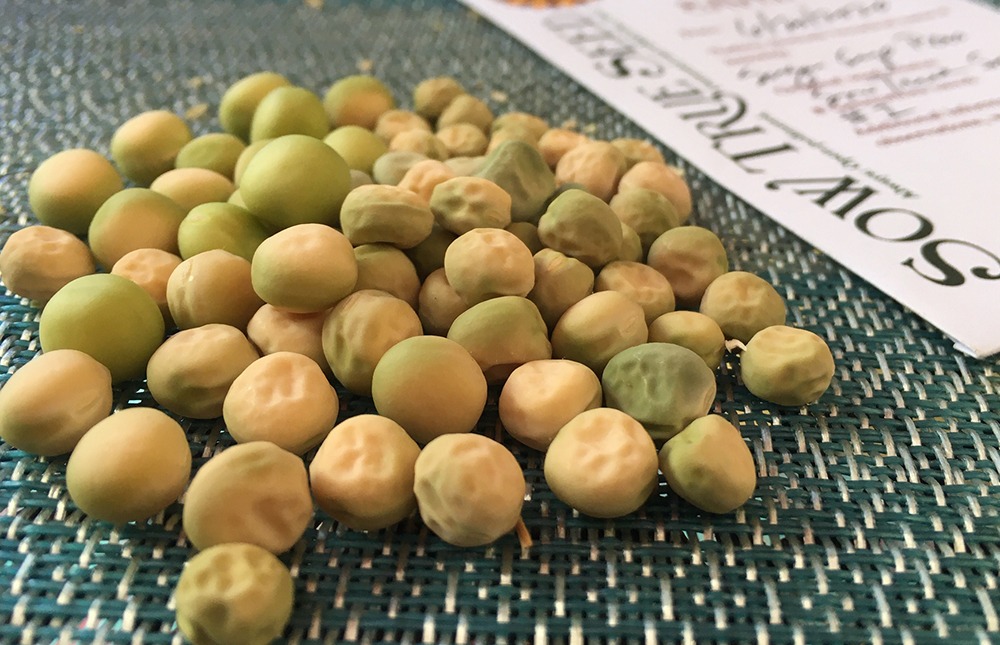
Sheltering in place has afforded me the opportunity to watch my yard. To get to know where the sun is at all times of day, and who comes to visit. I’ve had the chance to study and experiment and learn. I have already built great soil in my raised beds with sheet mulching. I currently practice companion planting to attract the diversity of creatures that allow my garden to thrive without pesticides, and I’ve already begun gathering seed for next year. But I have some new tricks to try! The tools I’ll be adding are:
- Relying on rotting wood in the soil to hold moisture.
- Compost in place to add nutrition to the soil.
- Setting out mulch from yard debris to inhibit weed growth and keep the soil cool.
- Leaving roots in place to rot and return the nutrients they used back into the soil.
- Building my first garden guild
The Garden Guild
This fall, I’m going to put in a garden guild, with a peach tree serving as the main event. A myriad of beneficial species will surround her. Among them, amaranth for attracting pollinators, comfrey for fertilization, artichokes to add another perineal crop, and a barrier of daffodils to keep the grass at bay. Birds attracted to the guild eat pests and deposit nutrients with their waste. It’s a beautiful symbiosis that is purported to be both productive and, once in place, self-sustaining. No weeding from me and a large expanse of area that won’t require a lawnmower. What’s there to lose?
The Indigenous people of this continent considered themselves part of nature: a cog in the works, and not the master. The practice of the Honorable Harvest, only taking half and always offering gratitude, ensured that the land would remain bountiful with plenty to offer. During the pandemic, Earth has had time to bounce back because of our absence from treading so heavily on it. This speaks volumes. We can lighten our step and work with Earth, not against her.
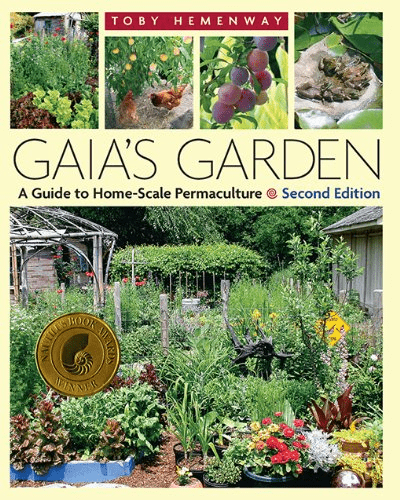
So, save yourself some money, some back-breaking work, and maybe even our planet. Throw away that poison and those chemical fertilizers and learn what you’ve got right under your feet! There’s a gold mine in your back yard.
If you’d like to learn more, I highly recommend the book Gaia’s Garden by Toby Hemenway. It’s an interesting read, chock-full of good information, and different ways to implement permaculture techniques.
4 thoughts on “How Does Your Garden Grow?”
Comments are closed.
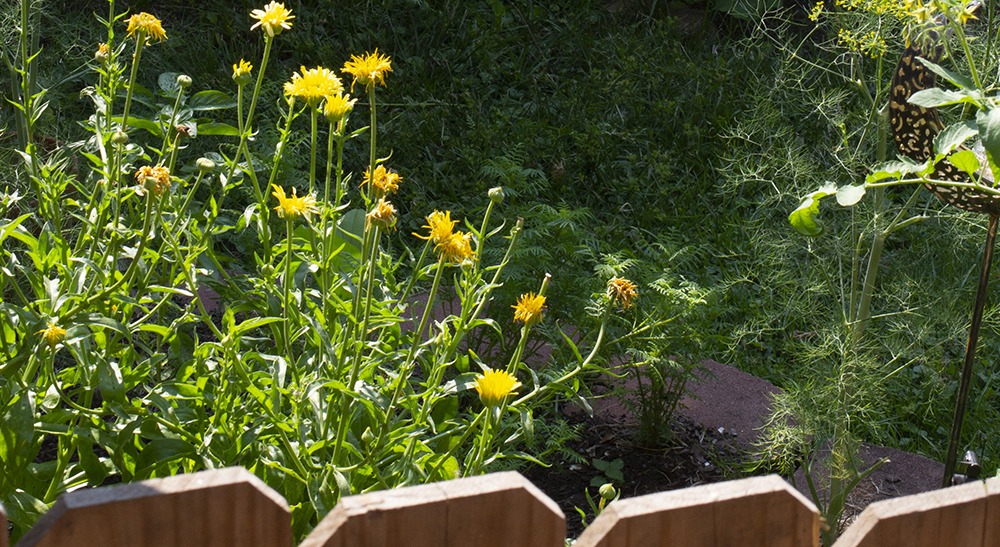
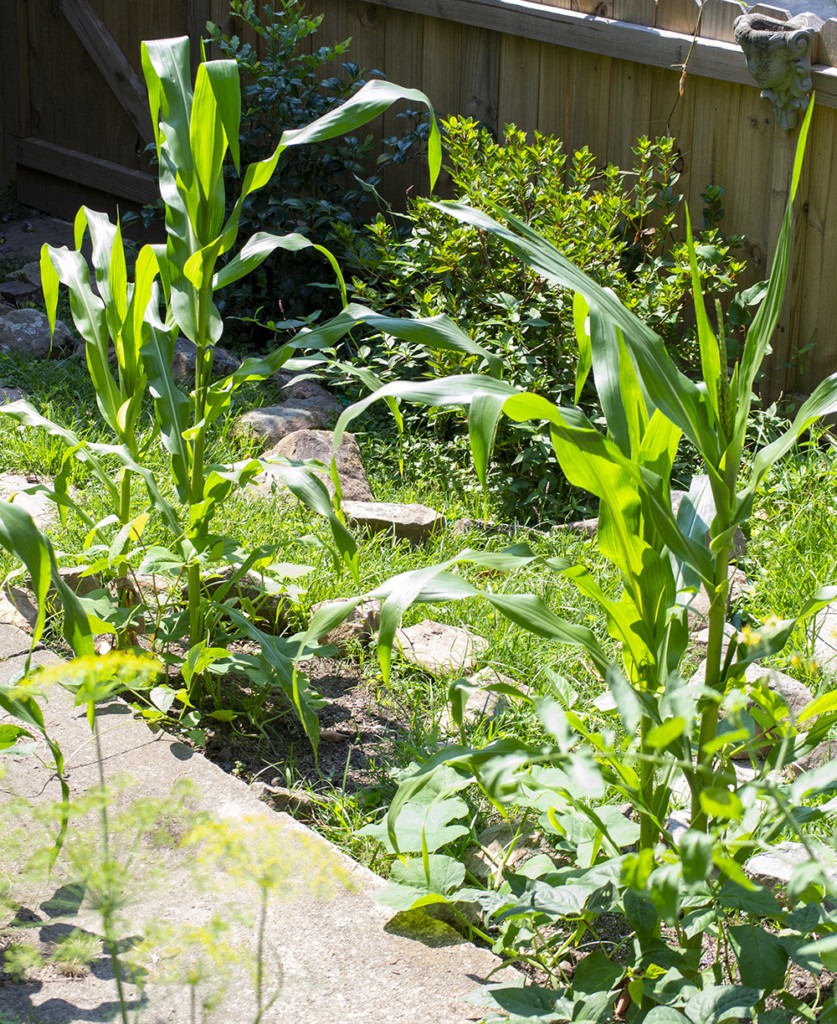
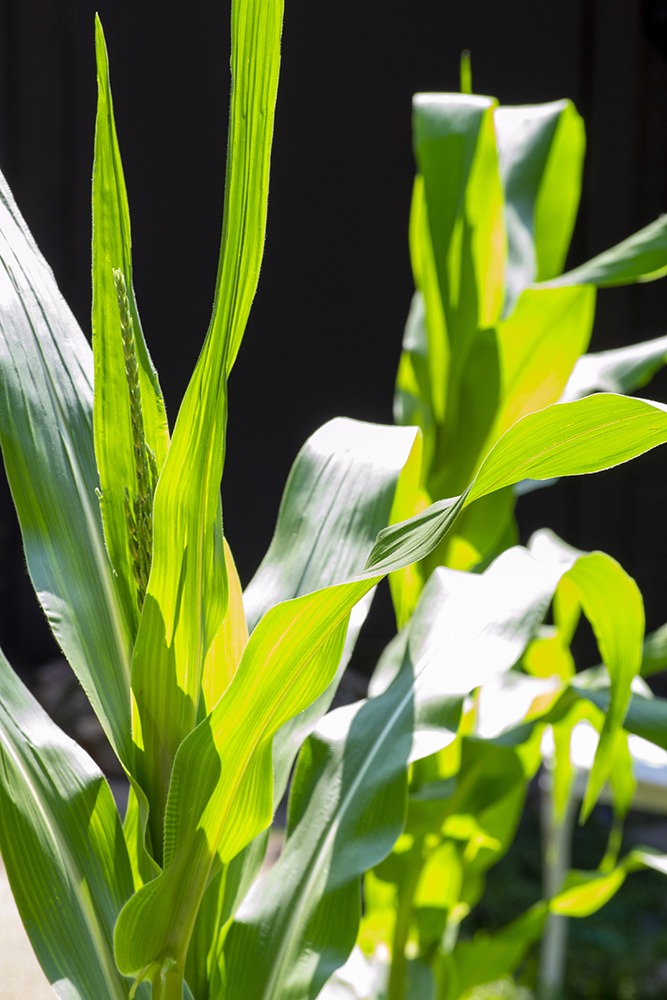
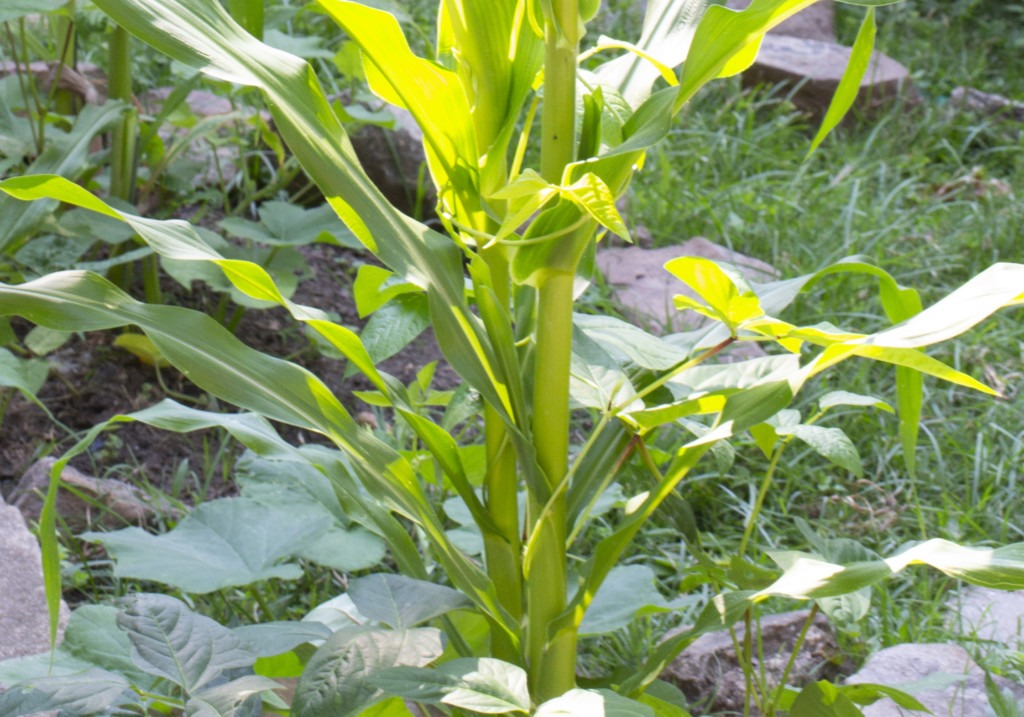

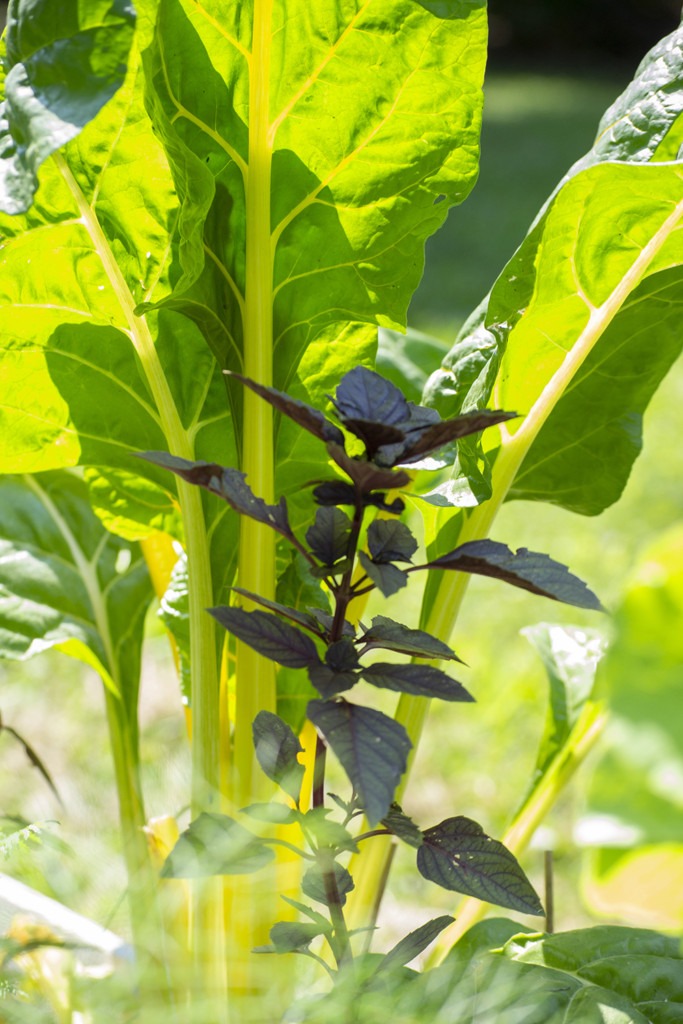
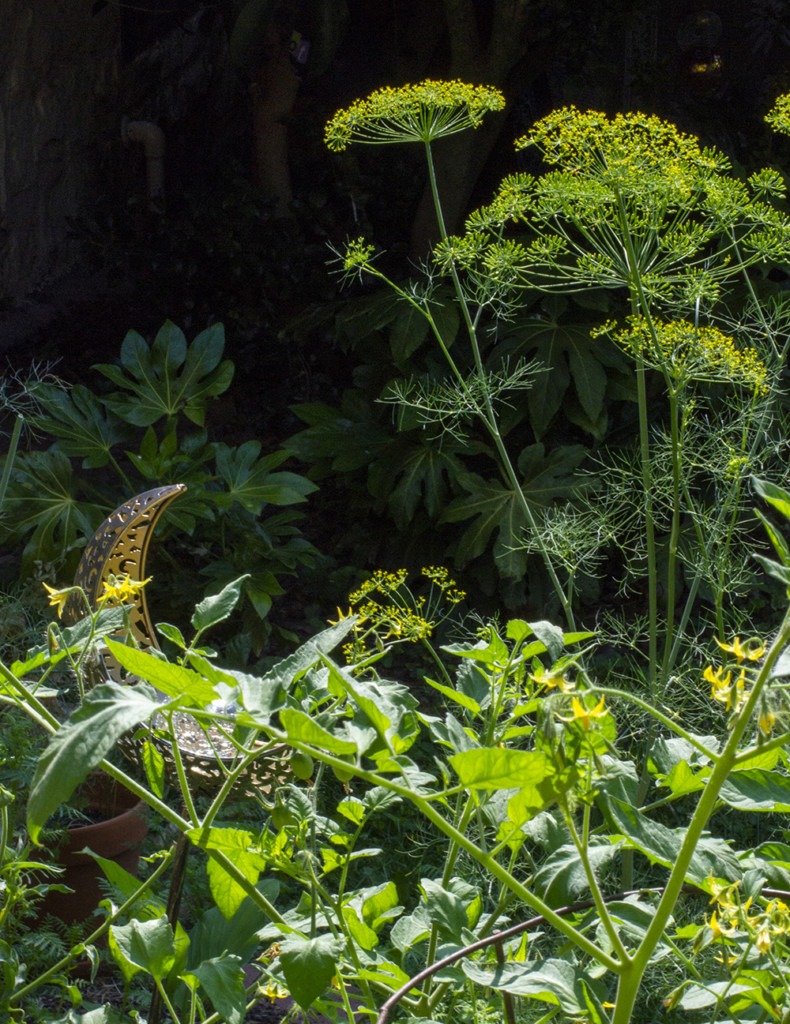
This is a great article, very well written. Thank you! I’m going to try the three sisters next year and the Garden Guild sounds like cool project.
Thanks, Bill! Gardening has been my sanity saver during the pandemic.
Loved this! Well done Jean!
This is great info Jean! Thanks for creating your website and sharing your wisdom.